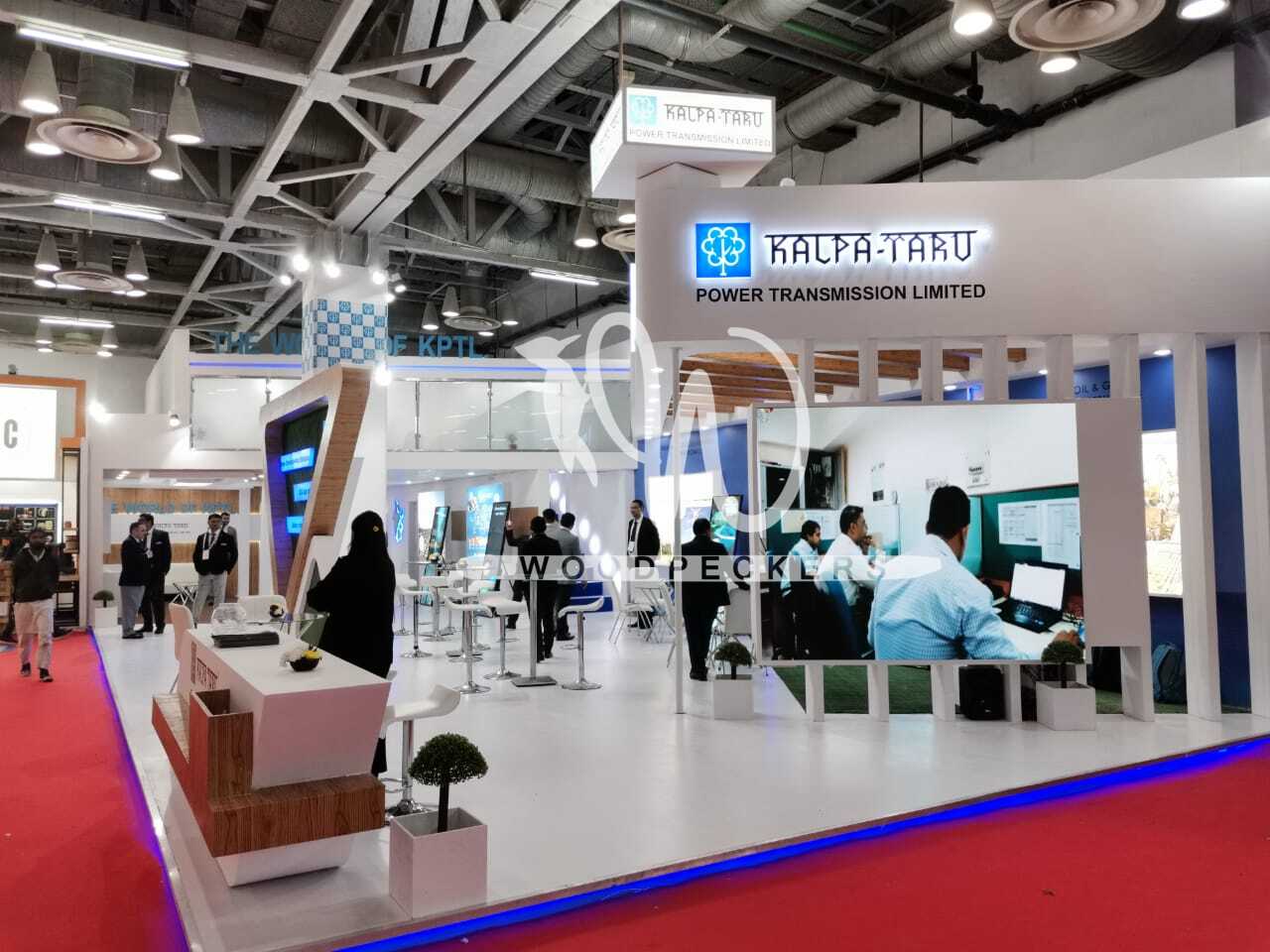The trade show business has proven very resilient over the last two decades, despite the internet economy’s impact on our industry. In addition, there have been many discussions about the future development of real trade shows. Successful concepts, clever marketing, and highly skilled and adaptable staff are some of the reasons for this success. However, it can also be attributed to the development of more venues, and to the pragmatic evolution and expansion of existing capacity. To put it another way, venues still remain an important element of our business model. As a result, it is surprising that venue quality varies so widely across all relevant aspects when viewed from a global perspective, especially in terms of innovative exhibition stall design and the best exhibition booth design.
It would be wise for the venue manager/owner to consider the range and scope of the services to be offered, their standards, processes, the required technical equipment as well as quality management systems and prices before making any strategic decisions. In addition to paid-for services like technical installation; marketing and advertising; stand construction; custom or logistic services like wardrobes; VIP rooms; prayer rooms, etc. It is essential to establish a clear picture of stakeholders’ expectations during the planning phase of a venue and then to translate these into requirements that will inform the architectural design.
An organizer of trade shows and exhibitions will appreciate natural visitor guidance structures in a venue as it saves him from having to invest heavily in temporary, expensive visitor guidance systems. By examining customer service space more closely, or optimizing space allocated for technical facilities and back-office functions, a venue investor might discover that a given budget renders more exhibition space than originally thought possible. The ‘cost accounting systems’ of venues and guest organisers are often unable to recognize these efficiency gains during operations. Venues should also be able to make use of the facilities in a highly flexible manner. Different halls should be able to be used simultaneously for different kinds of events, and for different phases of events without interfering with visitor and exhibitor logistics. For venue planners, this is usually the most challenging decision, and it often involves making some of the most difficult trade-offs, but proper planning always pays off. Improved revenue can be directly attributed to good planning.
Several factors need to be considered when assessing the safety of a venue, including the stability of the venue and the availability of technical equipment like smoke detectors and a sprinkler system. There might be a misconception that this would be a minimum standard prevalent throughout the industry. Additionally, processes, internal and external staff should be familiar with policies, emergency plans, and roles and responsibilities. The event organizer would be wise to consider not only auditing the venue facility and its hardware but also reviewing the above-mentioned processes and policies well before entering into a binding agreement, as some corrective measures will have to be implemented. Safety standards must be checked, monitored, and verified on a continuing basis by all external service providers.
It is always good to be informed and aware of these measures before signing a binding agreement. We are certain that several shows and exhibition organisers are very careful before finalising venues and also align with measures that fully cover their and the exhibitors’ interests.
If you are looking for an organization that truly manifests your required exhibition stall design and fabrication, you must definitely reach out to Woodpeckers Global, who are undoubtedly the best exhibition stall designer in India!







